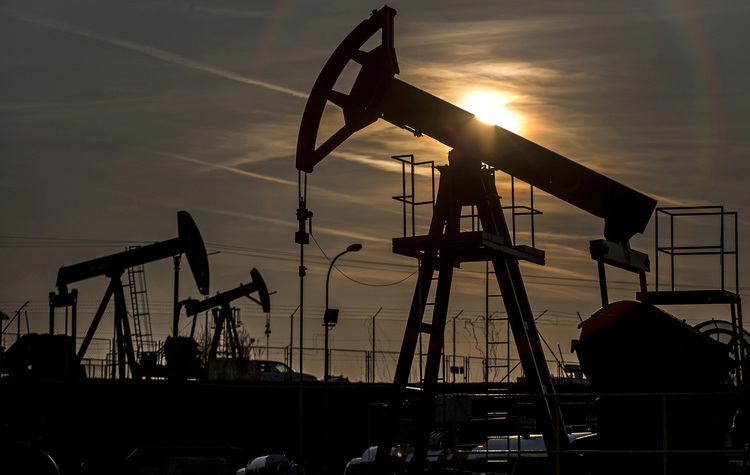
Oil is set to rise this week, 2017 demand is seen growing more than previously expected, and US stockpiles are declining. Prices are still less than $1 higher than when OPEC pledged to curb output late last year.
While the International Energy Agency raised its forecast for demand growth to the strongest in two years, it said that market rebalancing has become less certain with output expanding from the Organization of Petroleum Exporting Countries, according to a report Thursday. U.S. crude inventories have slid the most since September over the past two weeks, but the IEA said there’s little evidence that bloated global stockpiles are shrinking as anticipated.
Futures were little changed in New York, up 4.2 percent for the week. Still, oil remains in a bear market on concern rising global supply will offset cuts by OPEC and its partners. The group’s output climbed last month to the highest this year as members exempt from the deal — Nigeria and Libya — pumped more and others slipped in delivering their pledged curbs. Nigeria this week signaled its willingness to cap when its production reaches 1.8 million barrels a day.
“Growing U.S. production as well as rising OPEC output are the major pitfalls for oil’s rally, keeping prices vulnerable,” said Will Yun, a commodities analyst at Hyundai Futures Corp. in Seoul. “Demand is improving as we enter the driving season but the supply risks seem to be greater, which is keeping oil prices in a bear market.”
West Texas Intermediate for August delivery was at $46.11 a barrel on the New York Mercantile Exchange, up 3 cents, at 1:54 p.m. in Hong Kong. Futures closed at $45.23 on Nov. 29, the day before OPEC pledged to curb output starting in January. Total volume traded was about 48 percent below the 100-day average. Prices advanced for a fourth session on Thursday.
See also: Oil Sands Help Shale Stymie OPEC’s Effort to Rebalance Market
Brent for September settlement rose 2 cents to $48.44 a barrel on the London-based ICE Futures Europe exchange. Prices are up 3.7 percent this week. The global benchmark traded at a premium of $2.16 to September WTI.
The IEA increased its forecast for demand growth by about 100,000 barrels a day to 1.4 million a day. The agency’s global supply and demand estimates suggest stockpiles should have declined at a rate of 700,000 barrels a day in the second quarter, but it’s uncertain whether that actually happened. Current available data indicate that over the first half of the year inventories in developed nations actually increased by 215,000 barrels a day.
Oil-market news:
OPEC would hurt itself and help U.S. shale producers if it adopted deeper cuts, the former oil minister of Qatar warned. A pipeline that hauls oil from West Texas’ Permian Basin to Houston shut Thursday after a 1,200-barrel spill near the state capital, Austin.
Recommended for you
